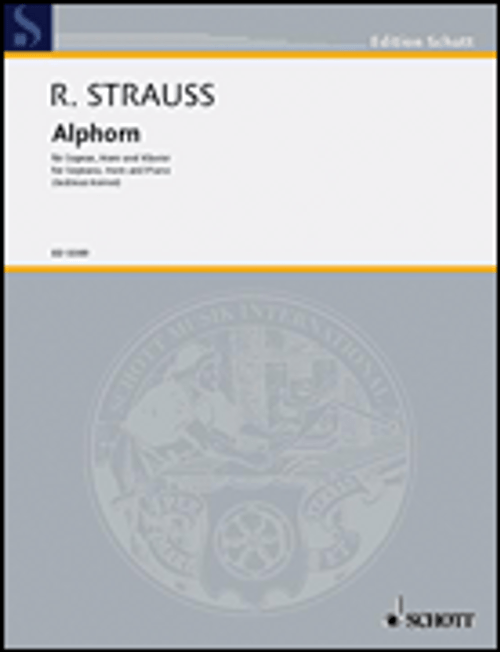The composition was written in 2009 for a doctoral dissertation in horn performance from the University of Wisconsin-Madison. To the Seasons is a four-movement work for soprano, horn and piano which sets four poems by William Blake. These four poems, “To Summer,” “To Autumn,” “To Winter,” and “To Spring,” address each of the seasons in colorfully characteristic ways, expressing unique personality traits and revealing interesting glimpses into the interaction of the seasons with the people of the land.
“To Summer” contains two key musical elements which weave together throughout the movement. The stark open chords in the piano represent the harshness and heat of Summer’s unrelenting character, while the horn solo represents the attempts of the narrator, speaking for the people, to calm and relinquish said heat. The voice adopts the tone of the poetry, fierce and forward when speaking of Summer’s angst and softer and more lyrical when seeking to persuade and flatter. Throughout the movement the voice and horn interact with the piano as they attempt to persuade Summer to behave more pleasantly, and the movement ends with a blending of the two musical components, representing an acquiescence of the request.
The poetry of “To Autumn” describes an autumnal celebration in which the music is characterized by a dancing, folk-like melody in the voice and horn. The middle of the movement features the voice as the character of Autumn singing a song about his bountiful season. The movement is book-ended by unaccompanied voice and horn which serve as the narration for the opening and closing of the song.
“To Winter” is characterized by jagged melodic lines and diminished chords which provide a fair amount of dissonance. This dissonance is meant to portray the tyrannical and frightening character of Winter, who shows no mercy to any living thing, but rather delights in robbing the land of life. The horn solo which opens the movement introduces many of the musical motives that are found throughout this portion of the piece, such as the interval of an augmented second and jagged leap of a major seventh. At the end of the movement, the coming of Spring transforms the music into a major sonority which drives the wintery monster “yelling to his cave.”
After the chilling effects of Winter, “To Spring” is meant to renew and restore. The rolling major arpeggiation in the piano is calming, and the lyrical lines of the horn and soprano, as well as the sonorous harmonies, allow one to bask in beauty, soothing cold and awakening new life. An exultant fanfare from the horn and piano proclaim the poetry’s declaration of the coming of Spring. A brief horn solo near the end of the piece represents a transformation out of the previous season as it works its way through some chromaticism back to the tonality of F major. The end of “To Spring” brings the entire composition full circle and leaves the listener with the warmth and beauty that characterizes the text of this poem.

Gillie, Gina - To the Seasons for Soprano, Horn & Piano
$40.00
- SKU:
- Gillie To the Seasons
- Gift wrapping:
- Options available



